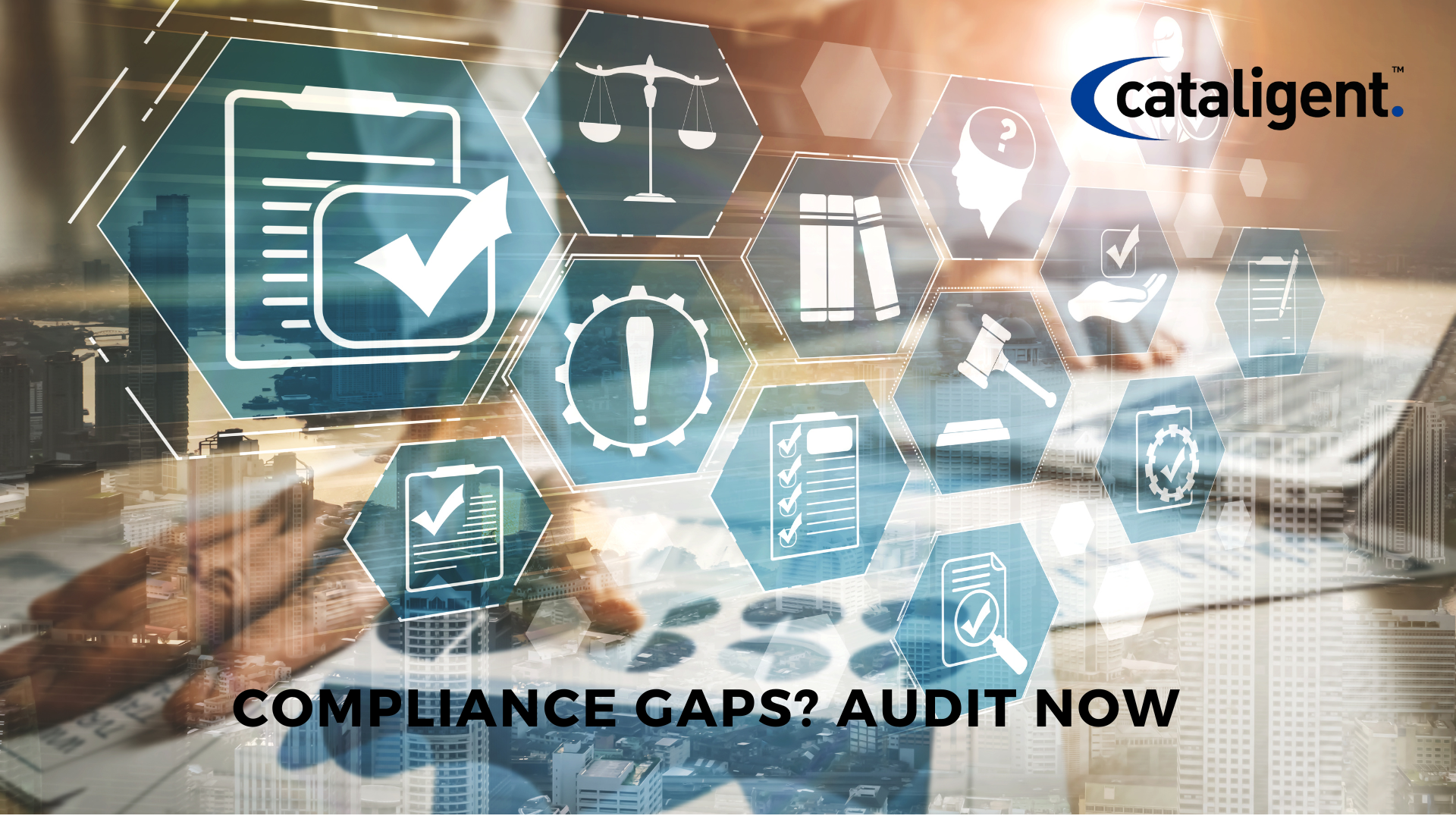In today’s complex and ever-evolving regulatory environment, organizations across industries must stay vigilant in maintaining regulatory compliance to avoid significant risks. One of the most effective strategies to ensure ongoing compliance management is conducting regular compliance audits. These audits provide a structured mechanism to detect and correct potential violations before they escalate into legal issues or costly penalties.
As government regulations and industry standards grow more stringent, failing to comply can result in hefty fines, lawsuits, loss of licenses, and reputational damage. From data protection regulations like GDPR and HIPAA to financial reporting mandates such as SOX (Sarbanes-Oxley Act), compliance requirements are increasingly broad and complex. Organizations must embed compliance audit programs into their operational fabric to mitigate risk and ensure corporate governance.
The Importance of Regular Compliance Audits
A compliance audit is a systematic, independent examination of an organization’s operations, processes, policies, and records to ensure alignment with applicable laws and regulations. These audits play a crucial role in uncovering compliance risks, addressing weaknesses in internal controls, and maintaining organizational transparency.
Regular audits are critical in highly regulated sectors such as healthcare compliance, financial services compliance, pharmaceutical industry, telecommunications, and technology companies. Without proactive measures, companies risk noncompliance, which may lead to operational shutdowns or long-term brand damage.
High-Value Benefits of Compliance Audits
- Avoid Regulatory Fines and Sanctions
- Early identification of issues helps prevent regulatory enforcement actions, fines, and reputational harm.
- Enhance Operational Efficiency
- Streamlined workflows and improved documentation reduce inefficiencies and support effective compliance monitoring.
- Improve Risk Management Practices
- Regular audits contribute to a comprehensive enterprise risk management (ERM) framework.
- Strengthen Stakeholder Confidence
- Clear adherence to legal requirements builds trust with investors, regulators, and customers.
- Ensure Data Protection and Privacy Compliance
- Verifies implementation of cybersecurity policies, data privacy frameworks, and security protocols.
- Support Certification and Accreditation
- Enables compliance with standards like ISO 27001, PCI-DSS, SOC 2, and NIST cybersecurity framework.
Components of an Effective Compliance Audit Program
- Define the Scope and Objectives
- Establish clear boundaries and target areas such as financial compliance, IT compliance, and regulatory reporting.
- Comprehensive Documentation Review
- Examine manuals, policies and procedures, training logs, and previous audit findings to gauge current status.
- Conduct Interviews and Process Observation
- Talk to personnel across departments to validate that documented practices align with day-to-day operations.
- Perform Compliance Risk Assessment
- Identify high-risk areas using compliance risk matrices and assign impact scores.
- Issue Audit Reports with Actionable Recommendations
- Offer detailed findings, highlight vulnerabilities, and suggest compliance remediation steps.
Types of Compliance Audits
- Regulatory Compliance Audit: Ensures adherence to government rules and sector-specific legislation.
- Internal Audit: Conducted by internal teams to check internal policies and governance structures.
- External Audit: Performed by third-party firms for unbiased evaluation and legal defensibility.
- IT Compliance Audit: Reviews information security controls, access management, and data loss prevention (DLP).
- Financial Audit: Ensures financial reporting aligns with GAAP, IFRS, and other relevant accounting standards.
Technology and Tools Supporting Compliance Auditing
Modern compliance auditing is supported by governance, risk, and compliance (GRC) software and audit management systems. These tools:
- Automate data collection and compliance tracking.
- Maintain real-time audit trails.
- Generate reports and visual dashboards.
- Integrate with core business systems like ERP platforms.
Examples of tools include SAP GRC, MetricStream, LogicGate, and NAVEX Global.
Best Practices for a Successful Compliance Audit
- Maintain a Compliance Audit Calendar: Plan recurring assessments across all departments.
- Use Standardized Audit Checklists: Ensure thorough coverage and consistency.
- Train Audit Personnel: Keep internal auditors updated on the latest regulatory developments.
- Promote a Culture of Compliance: Encourage open communication and whistleblower protections.
- Track and Implement Corrective Actions: Prioritize identified gaps and follow through with remediation.
Conclusion
Conducting regular compliance audits helps organizations reduce legal exposure, enhance business integrity, and build lasting stakeholder confidence. As the global regulatory landscape becomes increasingly complex, companies must invest in robust compliance auditing frameworks that emphasize proactive risk mitigation, internal control evaluation, and policy enforcement. By leveraging audit technologies, following best practices, and embedding a culture of accountability, businesses can ensure long-term compliance, prevent costly penalties, and secure their position in the marketplace.

